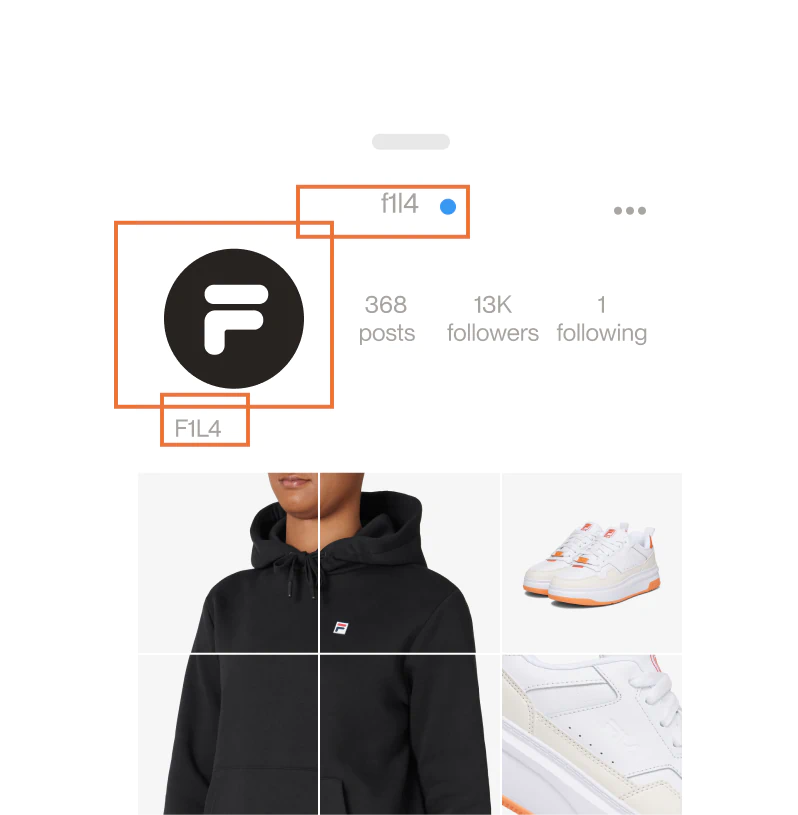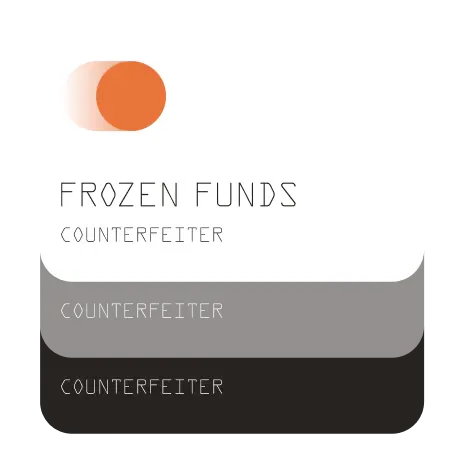Our AI platform takes down counterfeits, fake websites, social media fraud accounts, and piracy. Safeguard your brand, protect your revenue, and secure your customers' trust.

AI Brand Protection Platform trusted by 1,300+ brands of all sizes











Machine learning, computer vision, and risk scoring models trained with the world's largest brand data set.
Expansive keyword and image detection. We leave nothing unseen.
Risk scores and custom automation that never sleep. No analyst hours.
Transparent pricing: unlimited detections and takedowns. No hidden costs.
Zero-cost litigation. Get money back from counterfeiters straight to your bank account, and close seller accounts.